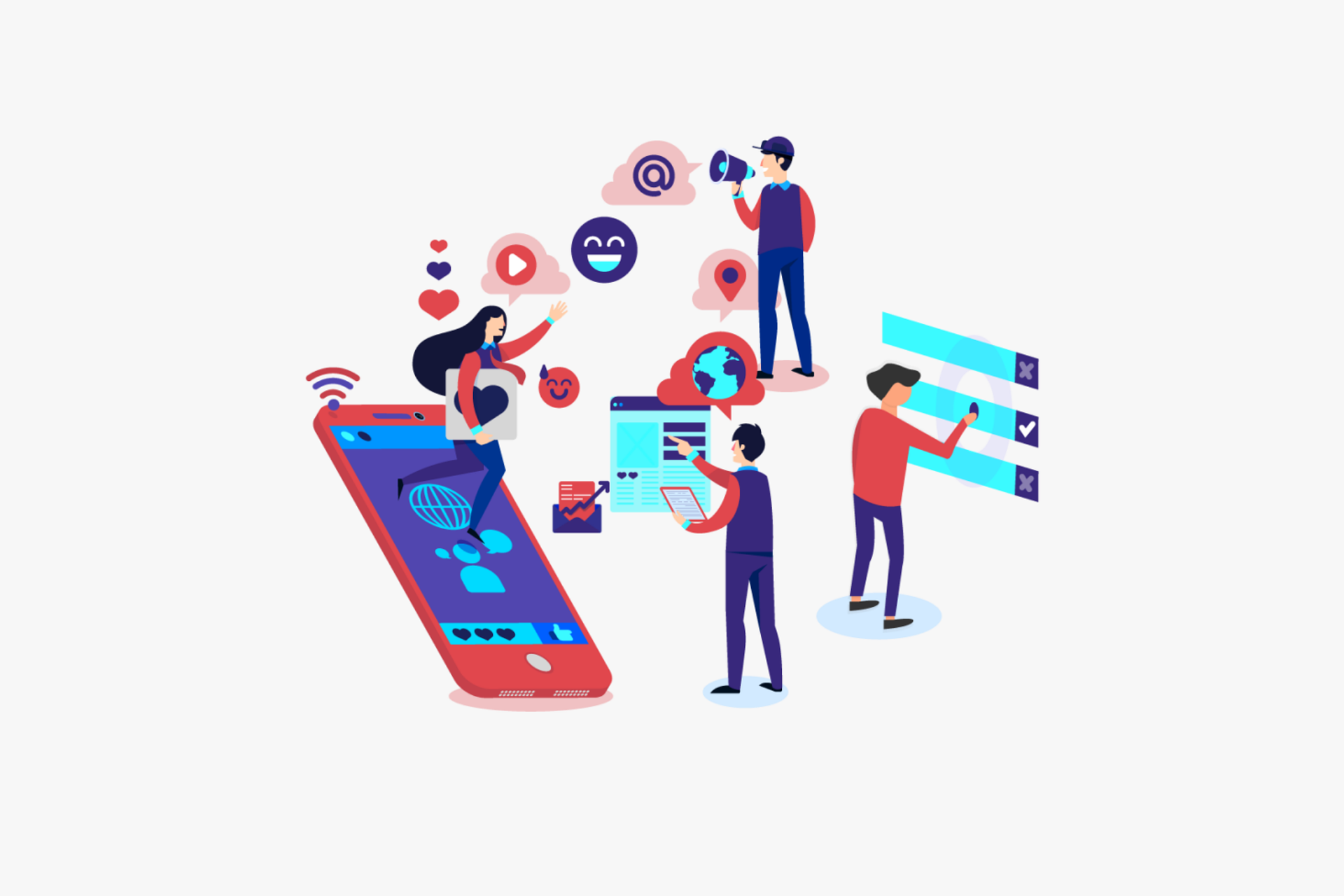
The Benefits and Disadvantages of Technology on Patient Care and Communication
Technology has come a long way, providing for us ways to shop online, bank online, and perform even menial tasks much easier. I have always been behind technology’s advances, never having the latest smartphone, the latest computer upgrades, or the latest in cable and wifi technology. In fact, doesn’t it feel like we are always a step behind?
In 2002 (almost twenty years ago now which blows my mind!), I got my first cell phone. A brick. All the thing did was call out or allow me to send text messages (without all the letters at my fingertips). Yes, those phones did exist. Now, in 2020, if you have a smartphone, you are literally carrying a minicomputer everywhere with you.
Therefore, websites have had to adapt by creating mobile-friendly pages. Delivery services, such as Skip the Dishes and Uber Eats have had to adapt by offering apps for phones to make their services easily accessible. Think about all the apps we use now – taxi apps, Prime Video, Netflix, Cineplex, Ticketmaster, and yes, even the COVID Alert App (which, if you don’t have it yet, get it).
Research shows that “For 2020, the number of smartphone users in Canada is estimated to reach 31.38 million”. Why? Because that way, we always have a computer on us, no matter where we are. And we can do pretty much anything, including confirming and rescheduling appointments with our dentist or independent hygienist.
The point of this tirade I’m on is that technology has advanced to the point where businesses have had to adapt or fall behind.
Technology, when used well, has the ability to not only enhance patient care but improve communication. In this post, I will explain the benefits of technology on patient care and communication, and the disadvantages if not used properly in concert with other more traditional means.
The benefits
Ever since March 2020, we’ve all suffered a hit to our normal lives that left a fairly gigantic hole to fill. Everything that your office used to communicate with your patients has now become taboo in the eyes of many of those patients.
For example, I went to see a dental surgeon about a month ago and was passed a clipboard and pen in order to fill out important medical information. Totally normal before March, but not now. I found myself hesitating before taking the clipboard. I felt a surge of panic as I ran not walked to my car and quickly sanitized my hands before completing the forms.
In another example, a friend of mine received an appointment card from his dentist and was so upset that he threatened to switch dentists. So, what can technology do for your practice, especially during COVID? What are the benefits of advancements in technology on your practice?
1. Technology provides a safer environment for you, your team, and especially your terrified and anxious patients.
Instead of communicating with the usual appointment cards, letters, or postcards, technology allows you to send an email with a confirmation link that patients can easily access and click on their phone. You also have the ability to send a two-way text confirmation and even have a short conversation with your patient regarding their appointment and the new procedures you’ve put in place for their safety upon their arrival.
2. Technology simplifies the life of prospective new patients who are looking to see a dentist free of hassle.
Instead of making the patient come into the office to complete a medical questionnaire, among other forms, technology allows you to make these forms available and fillable online for patients to complete either on their computer or their phone. This technology will also guarantee a much safer visit for your patient, so that is a bonus.
3. Technology guarantees a stronger foundation for communication
Patients like to feel that they are being well cared for by their dentist or dental hygienist. Solid communication allows for those feelings to be fostered. But no one hates it more than when they have to be asked their name, even though they are a regular visitor. Technology allows for patient information to be pulled up when the phone in your office starts ringing; this information includes the patient’s name, their family members, balance owing, and even if they have a treatment that still needs to be scheduled.
Nothing makes a patient feel that they chose the right practice than when they call and learn that the receptionist knows their name. This particular aspect is customer service 101.
4. Technology provides more opportunity for more detailed patient education
Now it’s possible to do more than just provide education inside the office to patients. I don’t know how many times I’ve gone to dental practice websites to find literature to better understand a procedure or learn more about how I can improve my own oral health strategy.
The Disadvantages
As someone who writes copy for a dental software company, it probably seems strange that I’m pointing out the disadvantages of technology; but the truth of it is, technology is beneficial only when it works in concert with traditional means.
During this time of the pandemic, sending emails or texts is much safer than sending postcards and handing out appointment cards. It is also much safer and simpler to provide access to forms and questionnaires online. Besides, customer service is all about making the customer’s life easier while also giving them the best care possible.
However, there are two major disadvantages to any technology.
1. Communication relies on both technology and traditional means to be effective.
The more lines of communication you have, the better for your practice. A dental or hygiene practice that relies solely on technology to communicate with patients can fall into a dangerous habit of just sending an email or text and going no further.
But picking up the phone and talking to your patients is crucial to patient care. Text messages and emails convey little to no emotion. And right now, we are in desperate need of a friendly voice to help us get through these times. So, don’t forget to call, don’t forget to follow up after an appointment, and make sure that human conversation is not replaced by technology.
2. Technology is not perfect.
There is a misconception that technology has no flaws. But anyone with the newest technology, be it a smartphone or a Windows update knows this is just not the case. There can be bugs, there can be breakdowns, there can be moments where technology fails to perform efficiently and accurately.
We’ve all been there, and we’ve all fought with technology. So, the disadvantage is our utmost false sense that technology will never let us down. It will. It does. And the newer the technology, the more bugs it will have.
The takeaway from these disadvantages is that, although technology is out there to assist us and make our lives and the lives of our patients easier, it is not always as reliable as we’d like or as accurate as we’d like, or even as secure as we’d like. Technology is an assistant to your front staff, to yourself, and to your patients, but you are behind the wheel. You drive the technology – whether it’s to send an e-blast to your patients about a temporary holiday closure or write a detailed blog post on how your patients can maintain good oral health while in quarantine.
Conclusion
The benefits of technology on patient care in your office, such as safety, efficiency, and more effective communication far outweigh the disadvantages; however, keep in mind that any technology you adopt, whether a digital reminder system, a VoIP system, digital charting, or even a website is driven by you and your team. It is how you use it that determines how beneficial it will be.
When it comes to communication, don’t rely solely on technology; instead, use the technology to provide you simply with other lines of communication you hadn’t used before.
Resources
https://www.statista.com/statistics/467190/forecast-of-smartphone-users-in-canada/



